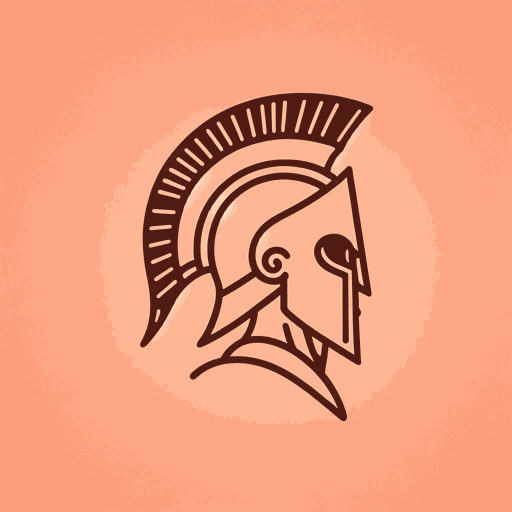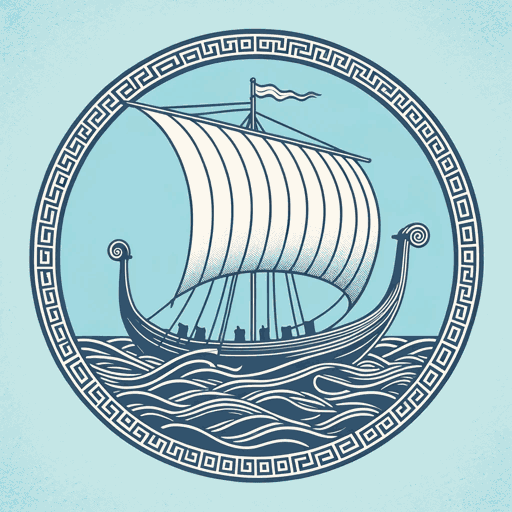116 pages • 3 hours read
Homer, Transl. Robert FaglesThe Iliad
Fiction | Novel/Book in Verse | Adult | BCEA modern alternative to SparkNotes and CliffsNotes, SuperSummary offers high-quality Study Guides with detailed chapter summaries and analysis of major themes, characters, and more. For select classroom titles, we also provide Teaching Guides with discussion and quiz questions to prompt student engagement.
Themes
Journey of the Hero
Heroes in ancient Greek tradition are defined not by their inherent goodness and moral correctness, as they are in modern times; rather, they belong to an earlier age of mortals who were closer to the gods and possessed superhuman abilities. This conception comes down through Hesiod’s Works and Days, which dates to the same broad historical period as Homer (archaic Greece). Hesiod describes his generation as belonging to the fifth age of mortals that followed the age of heroes, mortals who were descended directly from the gods. Because they were so close to the gods, heroes caused quarrels among them. Fearful that these quarrels would destabilize his rule, Zeus destroyed the heroes through wars, at Thebes and Troy. The Iliad makes several cryptic references to this underlying goal complementing Zeus’s promise to Thetis, most notably in the opening stanza: “the will of Zeus was moving toward its end” (77). The competition and conflicts among the gods occupy much of the narrative, as Achaean defenders Athena, Poseidon, and Hera face off against Apollo, Ares, and Aphrodite, who support Troy.
The warriors whom readers/listeners encounter in the Iliad belong to Hesiod’s age of heroes, as suggested by repeated references to their superhuman physical strength, divine parentage, and direct contact (antagonistic and supportive) with the gods.


